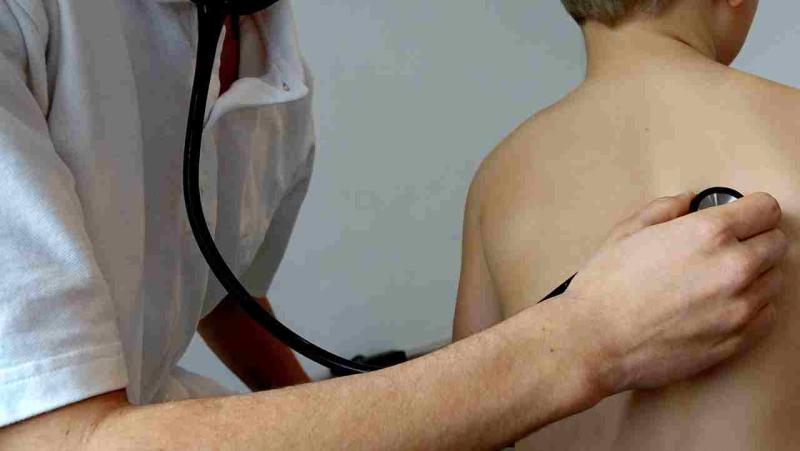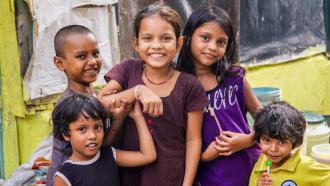
Pneumonia is a potentially fatal infection of the lungs caused by bacteria, viruses or fungi where the alveoli—small sacs in the lungs—get filled with pus, leading to difficulties in breathing. One could contact pneumonia in two ways—either through an infected person in the community or from a healthcare system. The former is called community-acquired pneumonia, a leading cause of mortality in children under five years of age. Worldwide, about 151.8 million new cases are registered each year and India is among the top five most-affected countries.
A recent study by researchers at the King George’s Medical University and Sanjay Gandhi Postgraduate Institute of Medical Sciences, Lucknow, Uttar Pradesh, has estimated the burden of community-acquired pneumonia among children aged 2-59 months in four districts of Northern India. The findings of this study, funded by the Bill & Melinda Gates Foundation, were published in the journal PLoS ONE.
The study was conducted in Etawah and Lucknow districts of Uttar Pradesh, and Patna and Darbhanga districts of Bihar. The researchers surveyed 3351 children from 2400 households in the 240 villages of Lucknow. The study found that 24.58% of these children suffered from community-acquired pneumonia in the last 12 months and only 4% of them were hospitalised to treat the illness.
The researchers also conducted a hospital-based survey of 5172 infected children admitted to 117 hospitals of these districts. Based on the data collected, they estimated the incidence of community-acquired pneumonia in each of the four districts. The study found that children aged 2–11 months had five to ten times higher rate of this illness than those aged 12–59. Darbhanga in Bihar was the worst affected with the most number of incidences of pneumonia.
“Computed incidence of community-acquired pneumonia per 1000 child-year for Lucknow was 86.50, and 177.01, 207.78 and 221.18 for Etawah, Patna and Darbhanga respectively”, say the researchers, pointing out that the variation in the incidence might be because of poor health infrastructure in Bihar and differences in care-seeking behaviour.
The researchers say that the statistics of the hospitalised children, which represent just about half of the 8.7%-11.5% of severe pneumonia cases, is alarming. “It means that approximately half or more cases of severe pneumonia in our Indian study districts still do not get adequate care. This is likely to be the reason for a high burden of deaths due to community-acquired pneumonia in the two states of Uttar Pradesh and Bihar as well as in India”, they opine. Besides, only 28.7% of the hospitalised children were females, which might represent gender bias in healthcare.
The study reveals a high prevalence of community-acquired pneumonia among children in Uttar Pradesh and Bihar, calling for immediate attention to address it including designing preventive strategies, improving healthcare-seeking behaviour and quality of care.






